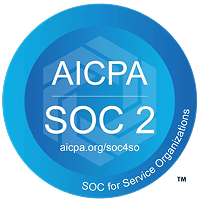The Innovator’s Dilemma in Civil Construction: AI Will Reshape Everything

Tristan Wilson
People Get Ready
The Innovator’s Dilemma in Civil Construction: AI Will Reshape Everything
Your essential guide to dominating the civil construction world with the latest tech, market trends, and wisdom.
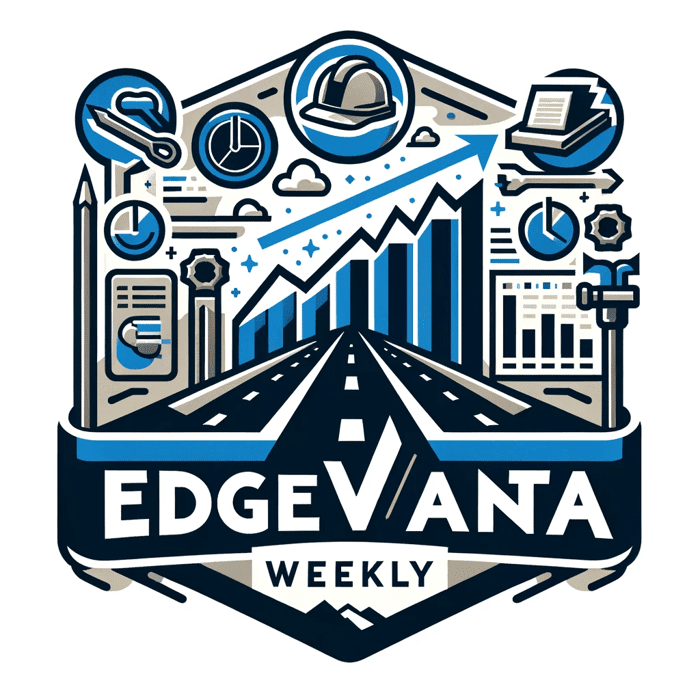
Every morning, I get in my car and drive to the office without touching the steering wheel. It’s called Full Self Driving (FSD). Three years ago, that would’ve sounded like science fiction.
Today, it’s normal. And it got me thinking about a moment from 50 years ago that construction still hasn’t recovered from.
When Giants Fell: The Excavator Wars of the 1960s
In the 1950s, if you needed serious earthwork, you called Bucyrus-Erie. They made massive cable-operated excavators - mechanical beasts that built America’s biggest projects.
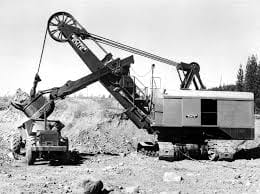
Photo Credit: Equipment Journal
Then something weird happened.
Small companies started selling “hydraulic excavators.” They were tiny. Weak. Couldn't do the big jobs. The old-school players laughed them off.
But these new machines didn’t try to compete head-on. They went after different work: landscaping, utility trenches, tight job sites. Jobs that rewarded precision over raw power.
While Bucyrus-Erie and the others doubled down on their biggest, most profitable machines, the hydraulic guys just kept getting better. And better. And better.
By the 1970s, hydraulic excavators were doing all the work—faster, cheaper, with fewer people. Mechanical giants couldn’t keep up. They fell, one by one.
Of all the major American mechanical excavator manufacturers, only four survived. Most didn’t adapt. They disappeared.
The Pattern That Kills Companies
These weren’t dumb leaders. They were doing what business schools teach - focus on your best customers, your most profitable products.
They weren’t asleep. They were playing the wrong game.
Clayton Christensen called this the Innovator’s Dilemma: smart companies fail not in spite of doing everything right - but because of it.
They optimize the present… and miss the future. Why? Because it’s hard to walk away from what’s already working.
Why This Matters Now: The AI Wave
AI is where hydraulic excavators were in 1955.
Not ready for “real work.” Too clunky. Too weird.
But outside our industry?
- Waymo is running 150,000+ fully driverless rides per week
- Tesla is apparently launching robotaxis this month in Austin
- GitHub Copilot makes junior devs write code like seniors
- Klarna replaced 700 customer service agents with AI—in one month
- BCG says AI makes consultants 25% faster and 40% more effective
- Autonomous trucks from Aurora and Kodiak are already hauling freight on highways
ChatGPT hit 800 million users in 17 months. Developer adoption is up 5x in a year.
AI isn’t coming. It’s here.
And every month it gets faster. Cheaper. Better.
The Question That Should Keep You Up at Night
Pull up the org chart of your company today. Now compare it to 2000.
Maybe there's a social media person. More safety staff.
Otherwise? It’s the same, right?
In 25 years, we’ve added Instagram and better hard hats. That’s not transformation.
And it’s a problem - because AI is accelerating like nothing we’ve ever seen. Model performance is converging. Costs have dropped 99.7% in two years.
Now ask yourself:
What if everything that sucks about your job - invoicing, email, submittals, plan reviews, bid comparisons - could be radically improved or automated?
Because it can. Right now.
If you were starting your company from scratch today, knowing what AI can do… what would you do differently?
What This Means for Your Company
The companies that win won’t use AI to slightly improve their current workflows.
They’ll rethink how the work gets done from the ground up.
This isn’t about replacing people.
It’s about giving them superpowers.
Imagine:
- Planning hundreds of project scenarios in seconds - optimizing for crews, costs, weather
- Operators running multiple autonomous machines like conductors of an orchestra
- Computer vision catching quality issues in real time - before rework happens
- AI safety tools predicting incidents before they happen
- Bids, invoicing, submittals - heavily automated, freeing your best people for higher-level work
- AI copilots turning junior staff into veterans overnight
Hydraulic excavators didn’t just beat mechanical ones.
They changed how we think about dirt work entirely.
AI is going to do the same for construction.
Start Here
You’ve got two options:
1. Wait and see. Keep your head down. Hope the wave doesn’t hit too hard.
2. Just start. Pick the most annoying task in your business. Open ChatGPT. Ask how it could help. Spend 30 minutes. Share what you learned with your team.
See what happens.
If you’re curious how we’re using AI in estimating and bidding - I’d be happy to show you. Just reply to this email.
The world’s not waiting. You can lead the AI wave in your company.
Thank you for reading this week. See you next week!

.avif)
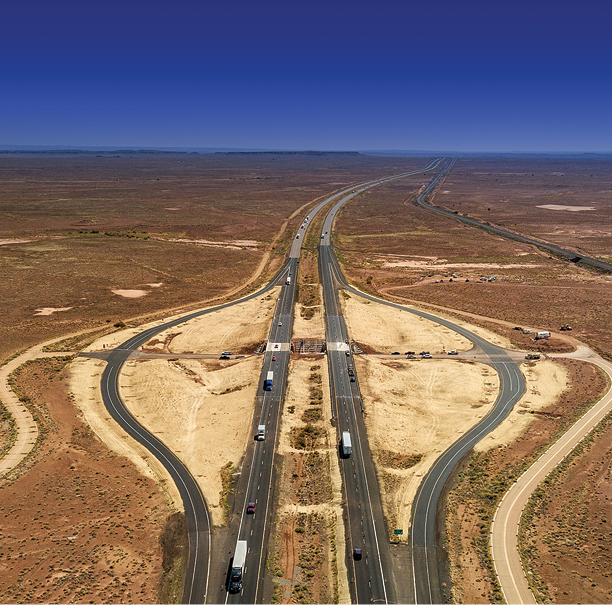
.avif)
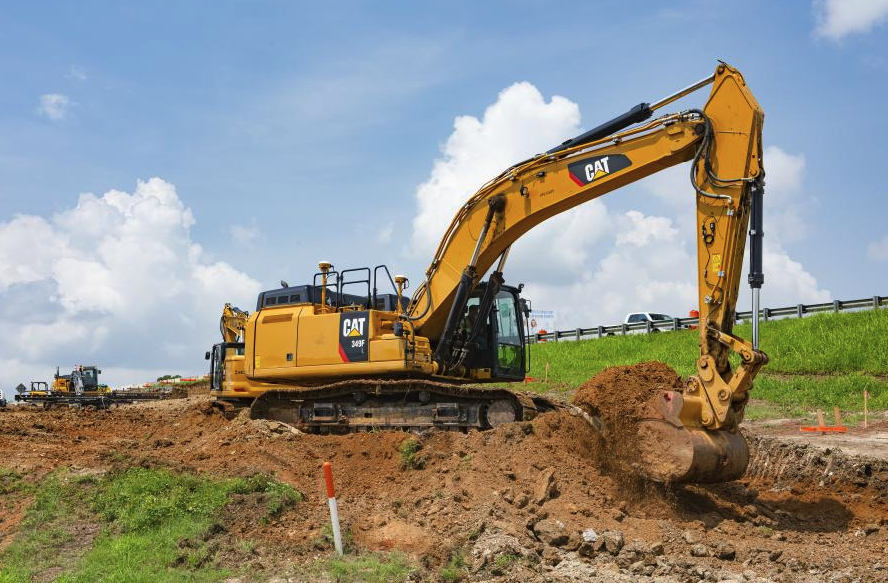

.svg)

